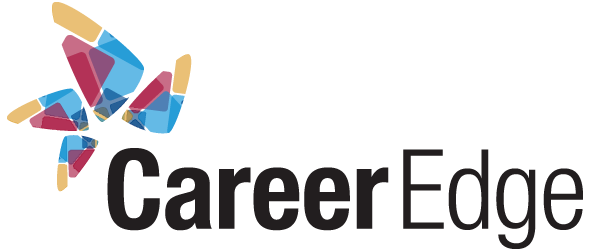With summer vacations ending and September hiring season approaching, jobseekers need to prepare now to stay ready for the hiring spree. To separate yourself from the competition, these are some checkboxes to ensure you’re ready for next month.
Identify companies that you’d like to work for. Make a list of employers whose values ideally align with yours and check out top employer lists. Sign up for those email notification alerts that match your job preferences.
Your resume should be perfect. It’s a snapshot of your professional identity so the reader should be able to – in a few seconds – understand who you are and what you can do. It should pique the reader’s interest. Recruiters focus on your skills, job titles, and dates of employment so ensure those are clear. Since more organizations don’t require a cover letter and leave it optional, have a cover letter template ready to customize if you’d like to submit one.
Your LinkedIn profile should be perfect too – it’s the digital resume and snapshot of your professional identity. Recruiters will likely check your LinkedIn profile, so upload a professional headshot with a smile, update your contact information, and let recruiters know you’re ‘open to opportunities’ (found in the Career Interests section). With a LinkedIn profile, you can one-click apply to jobs and receive messages from recruiters.
You should compile a physical or digital portfolio of your best past work that you’re confident you can replicate at the job you’re applying for. Some applications may ask for one or you can bring it to an in-person interview.
You should have a quiet place with strong cellular reception for phone screenings picked. Practise your elevator pitch and prepare answers to those typical questions like why you’re applying, why you want to leave your current job, and hypothetical scenarios with some stories and examples. Know your available start date and salary requirements. Speak politely, confidently, and with a conversational pace because often the recruiter is writing notes to forward to the hiring manager.
You should have an interview outfit ready by learning how the company’s employees dress on a typical day. Ask the recruiter or browse company photos. If it’s a casual work environment, you should still dress professionally.

